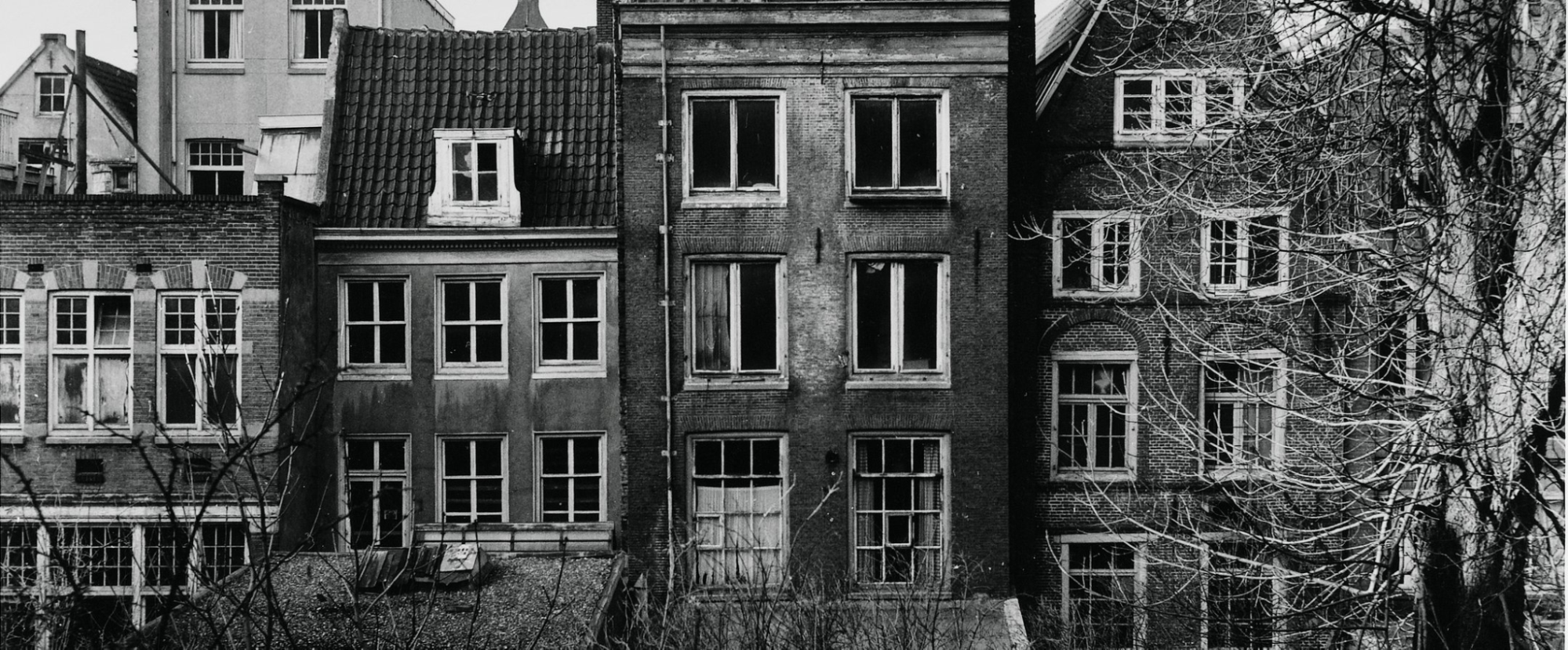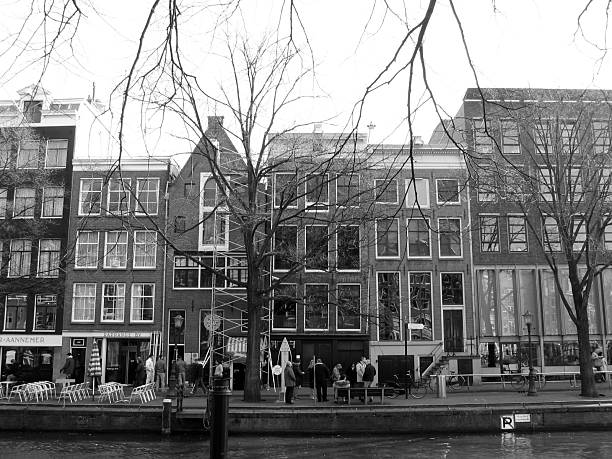Introduction
Germany’s Frankfurt is where Anne was born. After Adolf Hitler and the Nazi Party took control of Germany in 1934, when she was four and a half years old, her family relocated to Amsterdam, Netherlands. She lived in and around Amsterdam for the majority of her life. In this blog we will explore Anne Frank’s story in detail. So, let’s dive in.
The Fate of Jews in Amsterdam
Beginning in May 1940, the German occupation of Amsterdam sealed the fate of the Frank family and other Jews residing in the city. The Germans started preparing to send Jews from the Netherlands to extermination camps in the east at the beginning of 1942. At this time, they mandated that the majority of Dutch Jews live in Amsterdam. Additionally, they chose to intern all non-Dutch Jews in the transit camp at Westerbork. German authorities deported Jews from Westerbork to the extermination camps of Auschwitz-Birkenau and Sobibor in German-occupied Poland. On July 15, 1942, the first deportation transport headed for Auschwitz-Birkenau from Westerbork. Many Jews in the Netherlands, including the Franks, were alarmed by these deportations and the intensifying anti-Semitic actions.
Diary Of Anne Frank
Anne received a diary for her thirteenth birthday right before they went into hiding. In addition to writing about the happenings in the Secret Annex, Anne also wrote about her emotions and ideas during her two years of hiding. She also began writing a novel, wrote short stories, and copied sentences from books she had read for her Book of Beautiful Sentences. She found that writing had passed the time. Anne was prompted to combine her separate diaries into a single narrative, Het Achterhuis, after the Dutch government’s minister of education in England requested Radio Orange to preserve war diaries and records.
The History of the Secret Annex

Possibly the most famous building in Amsterdam, the Frank family’s hiding place welcomes over a million visitors annually. The story of Anne Frank is the main introduction given to guests of the Prinsengracht house. But the building’s history actually began 350 years earlier. Amsterdam began to flourish after 1585 as a result of the Netherlands’ significant contribution to colonial and international trade. The population of Amsterdam grew from 50,000 to 200,000 in 60 years. Construction of the building on Prinsengracht began during this Golden Age.
Houses and storage facilities beside the canal network of freight-transporting canals were constructed around the small town center. The warehouses along the waterfront served as storage for merchants. Living space became more and more necessary at the same time. This led to the construction of Prinsengracht 263, a private residence next to two warehouses, in 1635. Many of the properties were long and narrow because the land along the Amsterdam canals was in high demand. The backyards of existing homes were converted into so-called “annexes,” which provided additional space for living, working, and storing. Often, a courtyard would divide the main house from the annexes and connect them via a corridor to let natural light into both buildings.
The Secret Annex of Anne Frank
The 1739 annex is where Anne and her family fled into hiding. That year, over a century after Prinsengracht 263 was built, the old annex was destroyed, and a new, bigger annex was built in its place. A second renovation happened later. A room on the street level took the place of the basement. The home was now appropriate for businesses that needed a warehouse or spacious work area in addition to office space thanks to this intervention. That was precisely what Otto Frank desired for his business, Pectacon, nearly two centuries later.
Death Of Anne Frank
Anne passes away in Bergen-Belsen from exhaustion. Early in November 1944, Anne was once more placed on transport. Along with Margot, she was deported to the concentration camp at Bergen-Belsen. In Auschwitz, their parents remained behind. The circumstances in Bergen-Belsen were also appalling. Food was scarce, the weather was chilly and damp, and infectious diseases were prevalent. Margot and Anne both had typhus.
Due to its effects, they both passed away in February 1945—Margot first and Anne shortly after. Otto, Anne’s father, was the lone survivor of the Secret Annex residents during the conflict. After the Russians freed him from Auschwitz, he discovered his wife Edith had passed away on the arduous journey home to the Netherlands. He learned that Anne and Margot were also deceased while he was in the Netherlands.
Conclusion
The story of Anne Frank is a powerful reminder of human resilience and World War II horrors. Anne’s diary offers a personal glimpse into a life of dreams, hope, and fear in the face of unimaginable suffering. Her time in the Hidden Annex and tragic death are historical details that remind us to learn from the past. Anne Frank’s life and journal are crucial to understanding Earth’s history due to her inspiration and education.

